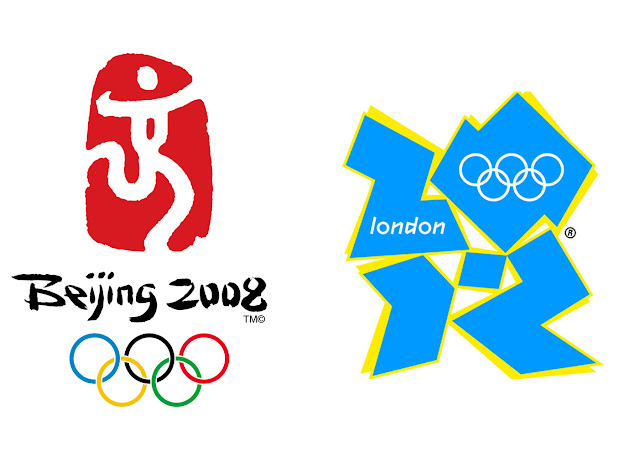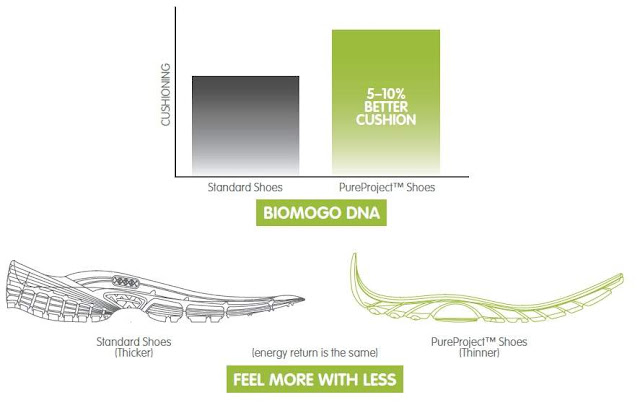 |
2008 NIKE Lunarlon cushioning features a soft, yet
resilient, foam core that is encased within a supportive foam carrier for
lightweight, ultra-plush cushioning, springy response and support.
|
 |
I don't know if Adidas spotted the early weaknesses of his competitors?
But this simple close up of the Boost foam, visible, palpable, makes a courageous difference.
|
 |
Boost technology eliminates this problem
with thousands of energy capsules that store and release energy only when it’s
needed— without losing integrity.
|




































